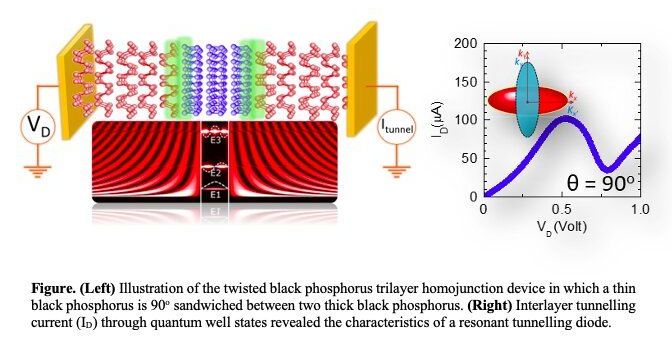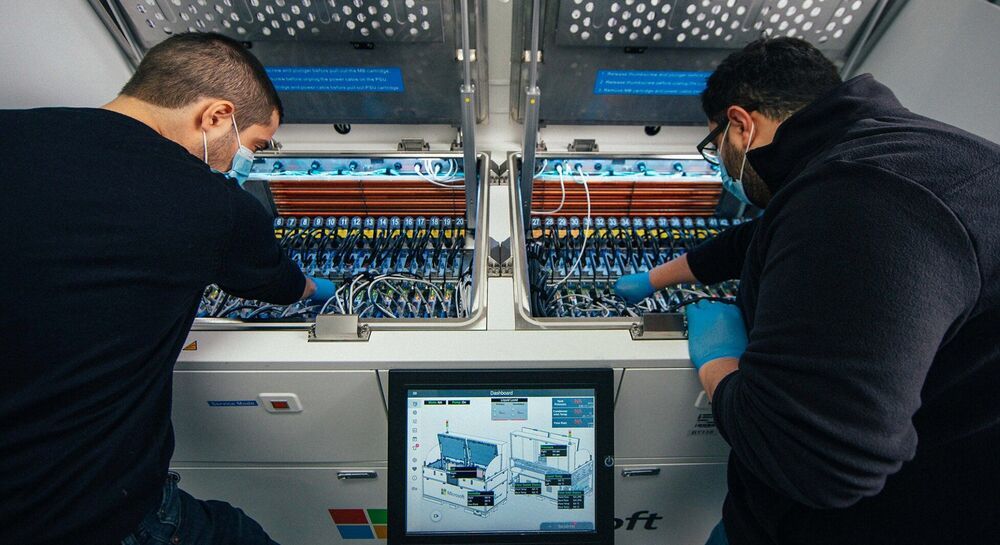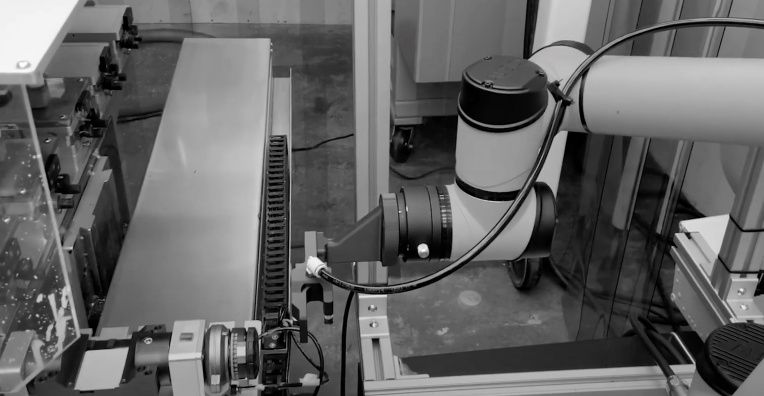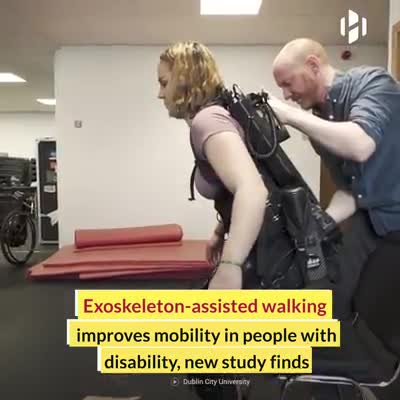Long article, good history, and a warning.
Biotech startups are trying to hack the process of aging and, in the process, stave off the most devastating diseases.


In recent years, electronics engineers worldwide have been trying to develop new semiconductor heterostructure devices using atomically thin materials. Among the many devices that can be fabricated using these materials are resonant tunneling diodes, which typically consist of a quantum-well structure placed between two barrier layers.
Past research has shown that stacking two-dimensional (2D) layers that are twisted in relation to each other can enhance or suppress the interlayer coupling at their interface. This suppression or enhancement can in turn modulate the electronic, optical and mechanical properties of the resulting device.
For instance, some studies found that the intralayer current transport in small angle twisted bilayer graphene prompted some exotic phenomena, such as superconductivity and ferromagnetism. These observations inspired a fundamentally new approach to device engineering, known as ‘twistronics’ (i.e., twist electronics).

Microsoft has implemented boiling liquid to help keep datacenter servers at reasonable temperatures. The company uses electronic equipment and liquid capable of boiling at 122 degrees Farenheit, 90 degrees below the boiling point of water.
Once the computer processors within the datacenters reach a certain temperature due to labor, the boiling effect moves heat away from the servers. This movement allows the processors to continue operating at full power without the risk of failure from overheating.
Microsoft engineered this solution using a tank that takes the fluid vapor from its liquid contents and exposes the mist to a cooling lid. This process transforms that vapor back into liquid and rain down onto the servers in order to cool the machines. This process of vaporization and condensation for cooling is known as a closed loop cooling system.


Like something straight out of a pulpy sci-fi horror flick, researchers at Tufts University and the University of Vermont (UVM) have engineered a new generation of living robots they call Xenobots, which demonstrate cooperative swarm activity while collecting piles of micro particles.
Last year, this same team of scientists and biologists created tiny self-healing bio-machines that exhibited movement, payload pushing abilities, and a sort of hive mentality. The blueprints for creating these biological bots, which technically aren’t a typical robot or a catalogued animal species, but instead are more akin to a distinct class of unique artifact that acts as a living, programmable organism.

Bay Area-based Rapid Robotics today announced a $12 million Series A. The new round, led by NEA, brings the company’s total funding up to $17.5 million. It joins a recently closed seed round, announced way back in November of last year. Existing investors Greycroft, Bee Partners and 468 Capital also took part in the round.
We noted at that stage that COVID-19 had a sizable impact on robotics investment. At the very least, the pandemic has served to accelerate interest in automation, as many “non-essential” workers have been unable to travel to their jobs. At present, manufacturing jobs often lack the ability to perform remotely.
Rapid notes that the company’s tech has been involved with the production of some 50 million parts over the past year, over a wide variety of different manufacturing verticals. And, like his predecessor, President Biden has already begun talking up strategies to return manufacturing jobs to the U.S. Of course, ambitious as it might be, any plan is going to have to be a balancing act between human jobs and automation.

Plus, we can bring along 1.5 tons.
Scientists have outlined the wild way humans could travel past Neptune in under 10 years—with over 1.5 tons of cargo on board.
The secret is an in-the-works direct fusion drive (DFD), which will kick in once the spacecraft reaches orbit and propel it at up to 44 kilometers per second. From there, the spacecraft could conduct experiments on Neptune as well as trans-Neptunian objects (TNOs), or outer dwarf planets like Makemake, Eris, and Haumea.
